HARTMANN AND CURRY LINES
The earth’s magnetic field is formed by grids known as global networks. These are preferred channels of energy circulation. Above these grids, low intensity radiation of natural origin is concentrated, often imperceptible to most people.
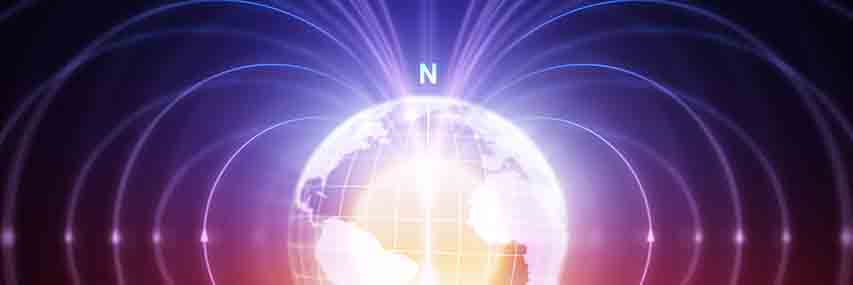
HARTMANN LINES
The most well-known global network was discovered in the mid 20th century by Dr. Ernst Hartmann. It is described in detail in his book Krankheit als Standortproblem (Disease as a localization problem).
The Doctor deduced its existence by comparing thousands of georhythmographs. His work indicated that the electrical resistance of the human body was decomposed on a grid oriented by the cardinal points, which acquired the name Hartmann network.
In mid-latitudes, they are parallel straight lines with a distance of 2.5m East-West and 2m North-South. Between these geometric lines there is a neutral zone.
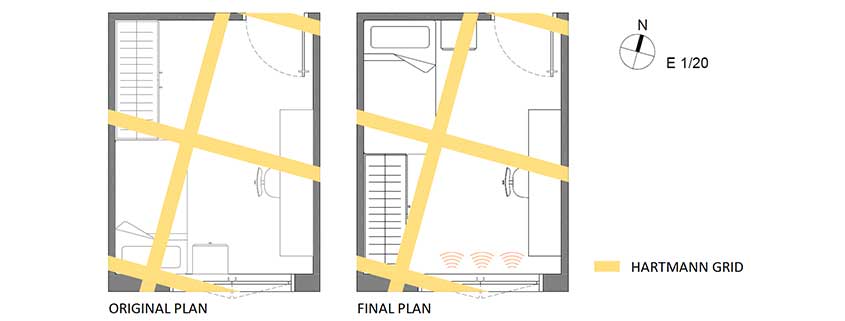
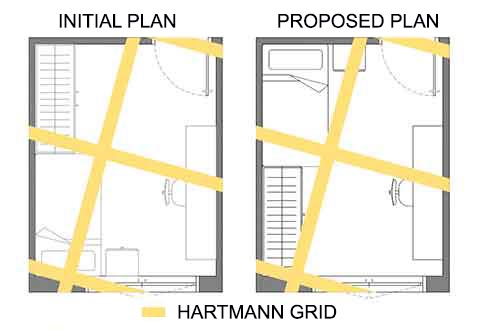
The intensity of the Hartmann lines increases during the night. In this regard, the effects on human health occur especially during sleeping hours.
Dr. Hartmann provides evidence of human health effects in his book. These occur especially at points located above the vertical of a Hartmann network crossing or a single Hartmann line crossing with other geological disturbances such as groundwater or faults, usually in the form of an increase in anxiety, insomnia, trembling and cramps.
It should be noted that living beings should already be used to these networks, as they have probably always existed. However, it seems that human activity may affect them. Geobiologists detect them with greater intensity in urban areas with greater artificial contamination by electromagnetic fields compared to more rural or natural environments, locations where the radiations emitted are weaker.
The existence of Hartmann grid and others is often questioned. The main reason is the difficulty in detecting them with measuring devices, a circumstance that does not occur with other natural geobiological alterations such as groundwater or faults, as they can be easily detected with devices such as magnetometers.
The most common method of detection is based on the personal sensitivity of geobiologists, with the help of dowsing instruments such as pendulums or rods. In this sense, two experienced geobiologists are bound to indicate the position of the Hartmann lines within a few centimeters of each other.

CURRY LINES
The Curry lines are named after Dr. Curry, an American physician born in Munich in 1899, in honor of his publication in 1952. However, they were discovered by Siegfried Wittmann in 1950.
The Curry network is a diagonal grid to the Hartmann network. These are northeast-southwest and northwest-southeast lines with a separation between lines of between 4 and 16 metres.
Like the Hartmann lines, the Curry lines increase the intensity of their radiation during the night and at the points where they cross. In addition, their intensity is also influenced by the lunar cycles. So, it increased on a full moon. In this sense, the main health effects can occur at night during sleep, usually in the form of insomnia, for people resting on the vertical of Curry crosses.
Unlike the Hartmann lines, the Curry lines are believed to have its origin in cosmic influences, and not in radiation from the Earth’s interior.
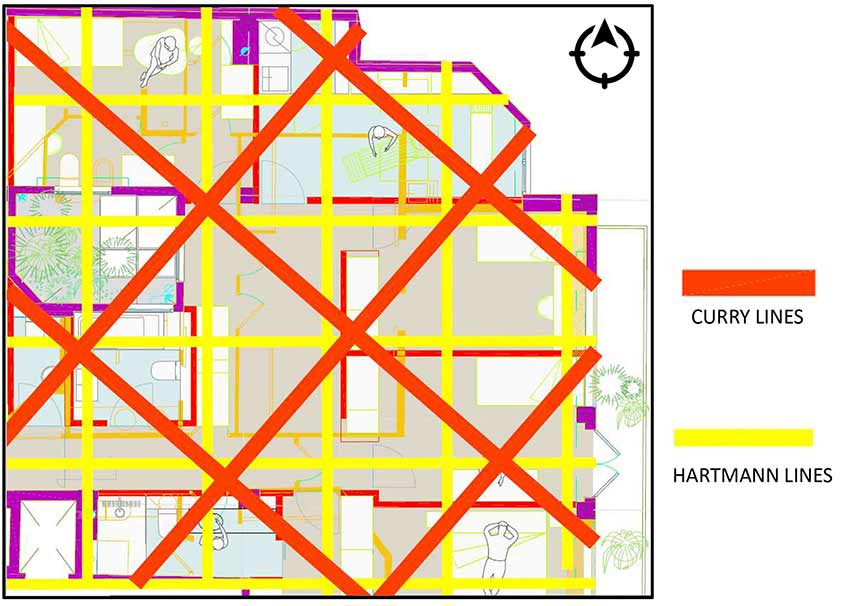
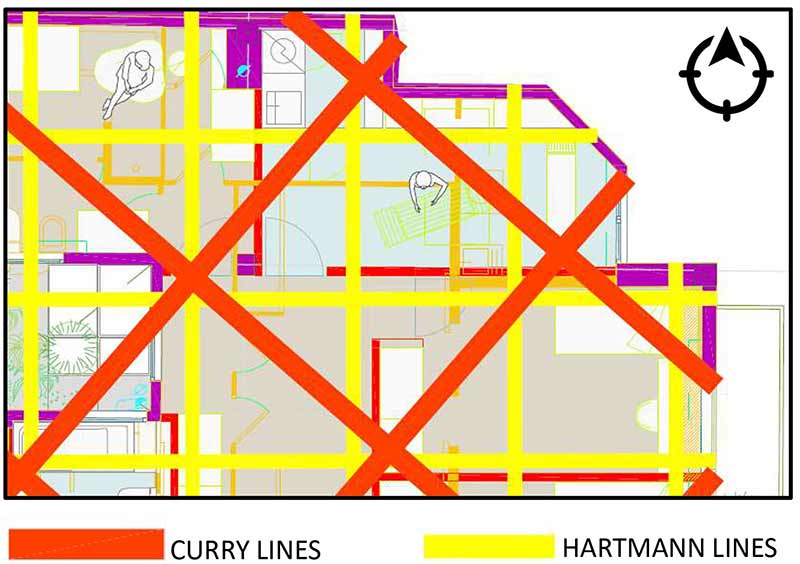
BENKER AND PEYRÉ LINES
Other networks with a North-South and East-West orientation are the Benker network and the Peyre network, discovered by Dr. Peyré, also in the middle of the 20th century. Both networks have a grid with more separate lines between them than the Hartmann network.
In general, the Hartmann lines have thicknesses of about 21 cm, while the lines of Curry, Benker and Peyré have larger thicknesses up to approximately 40 cm.
